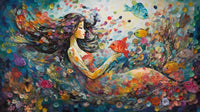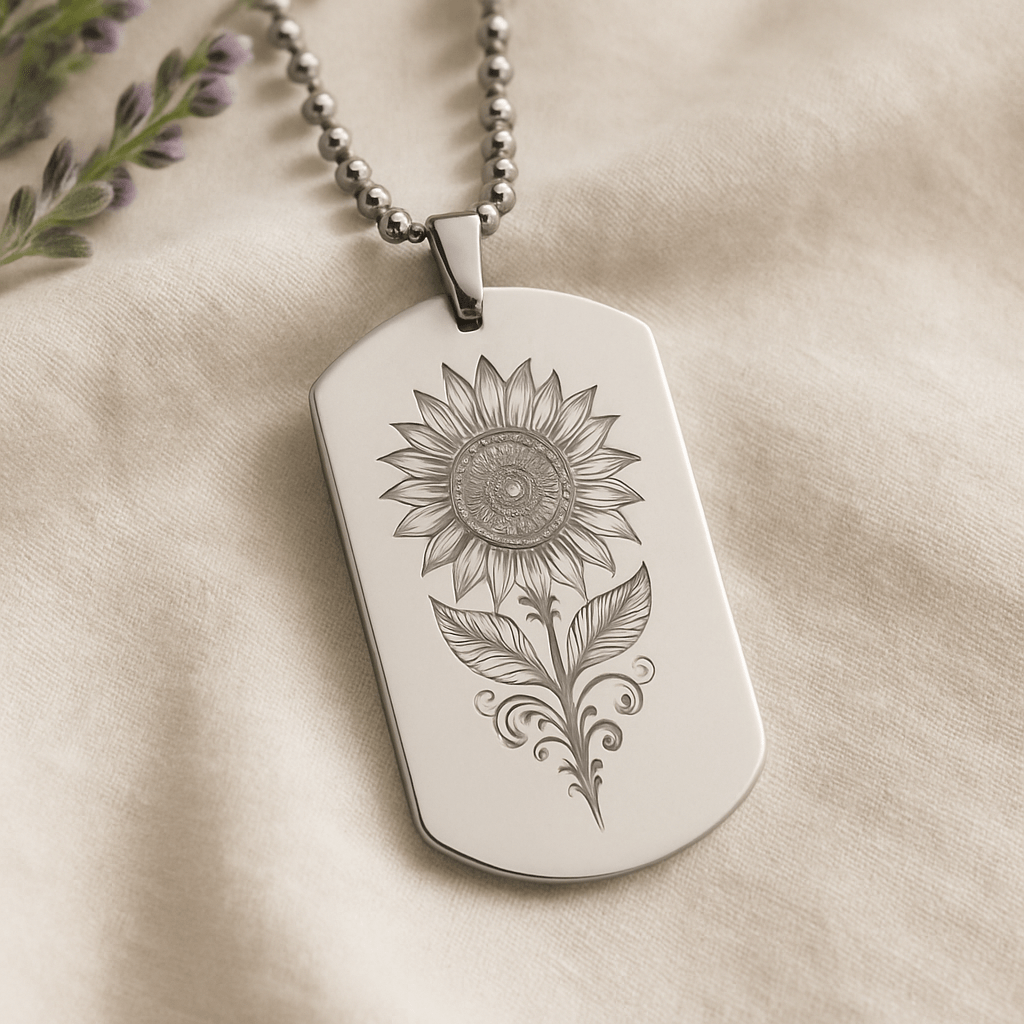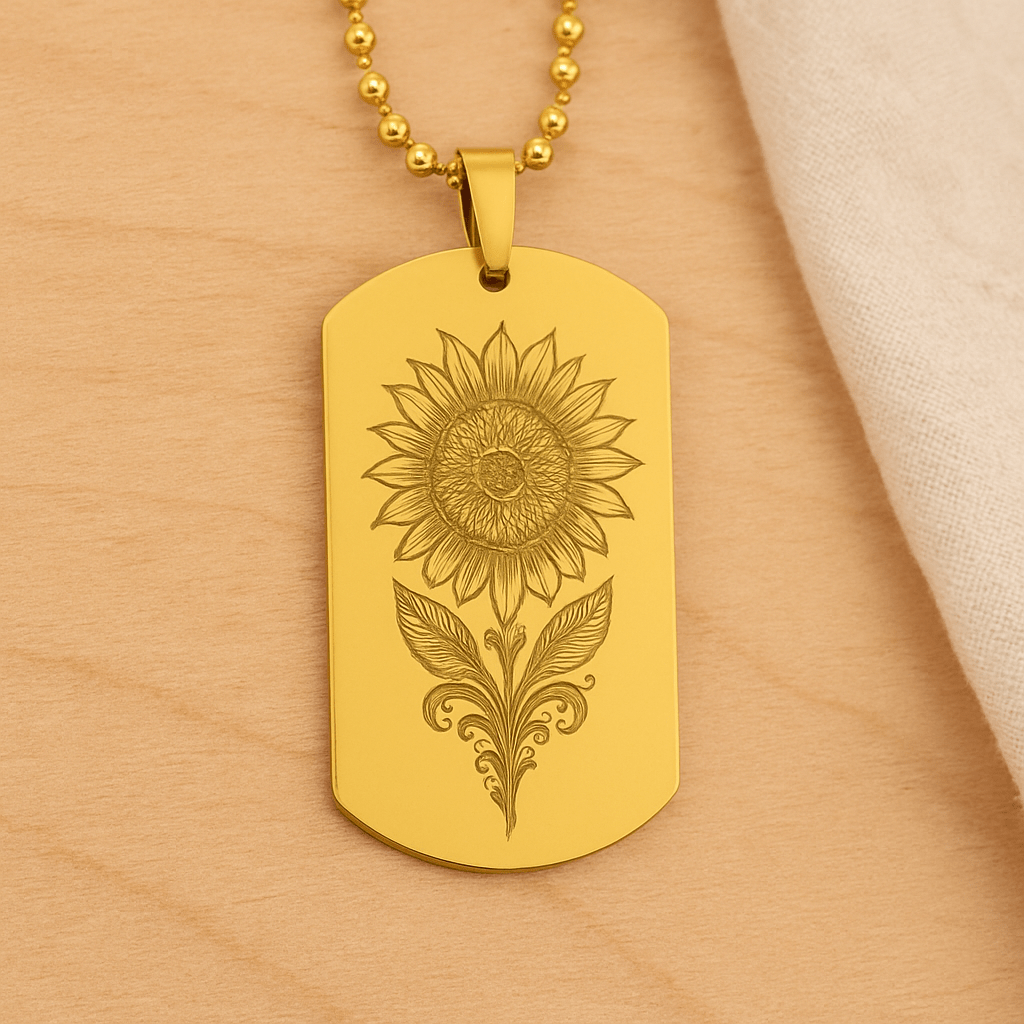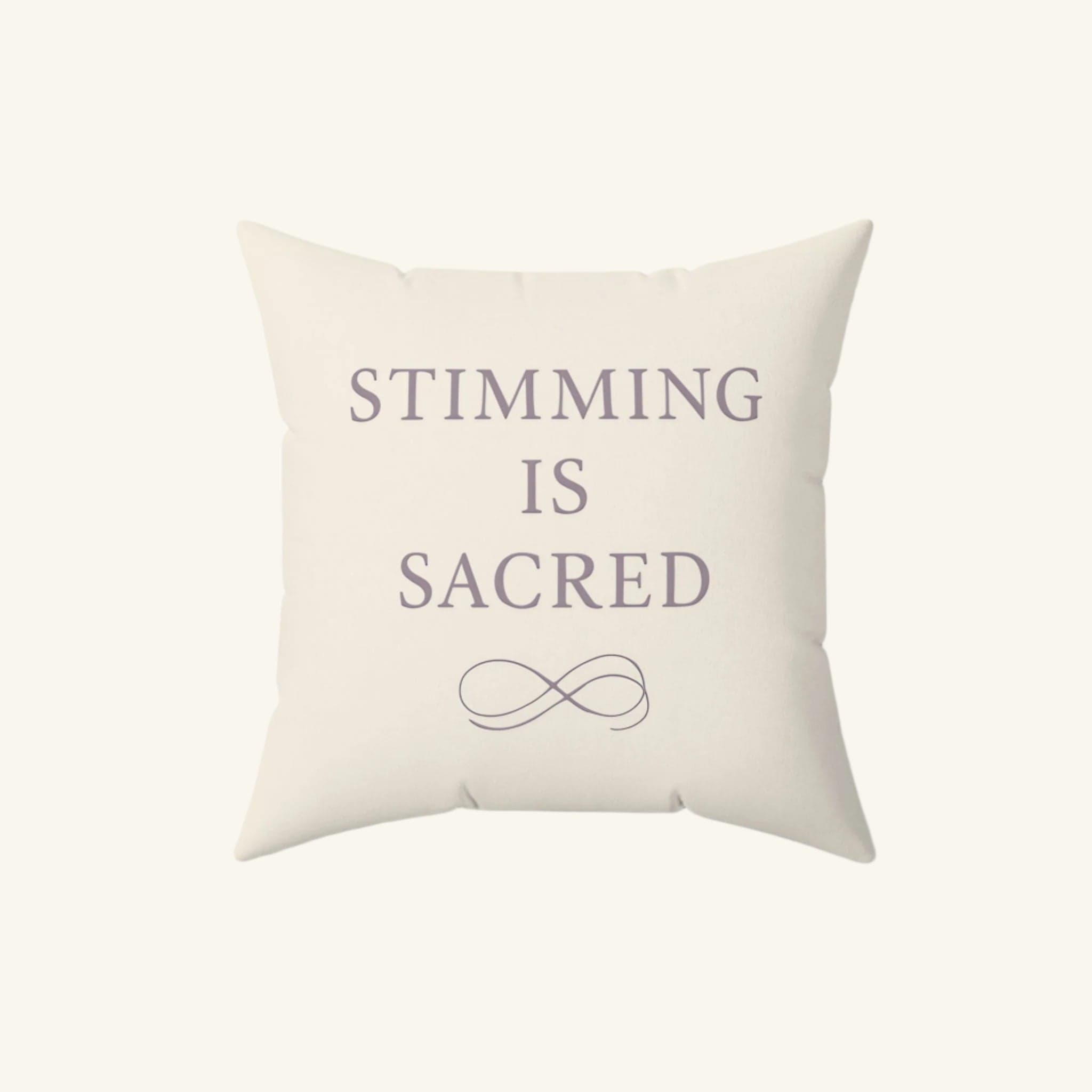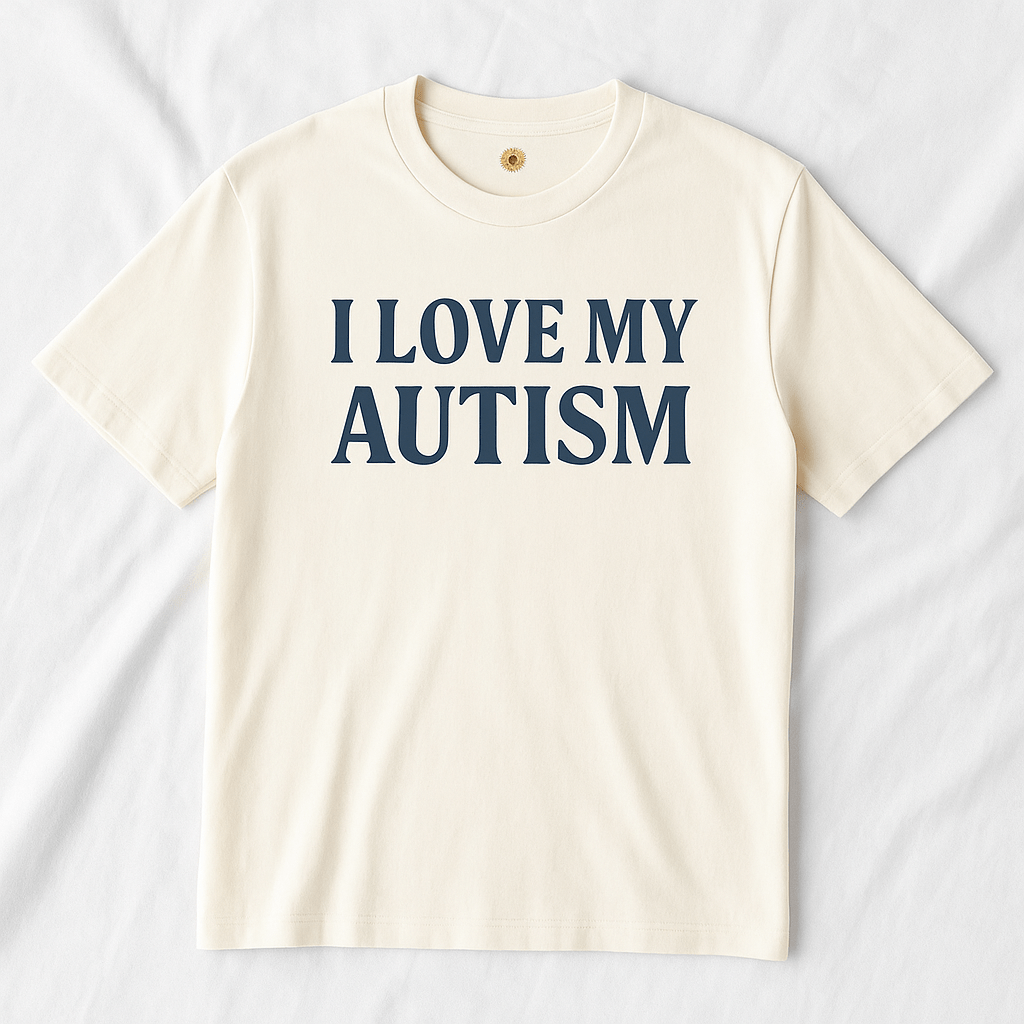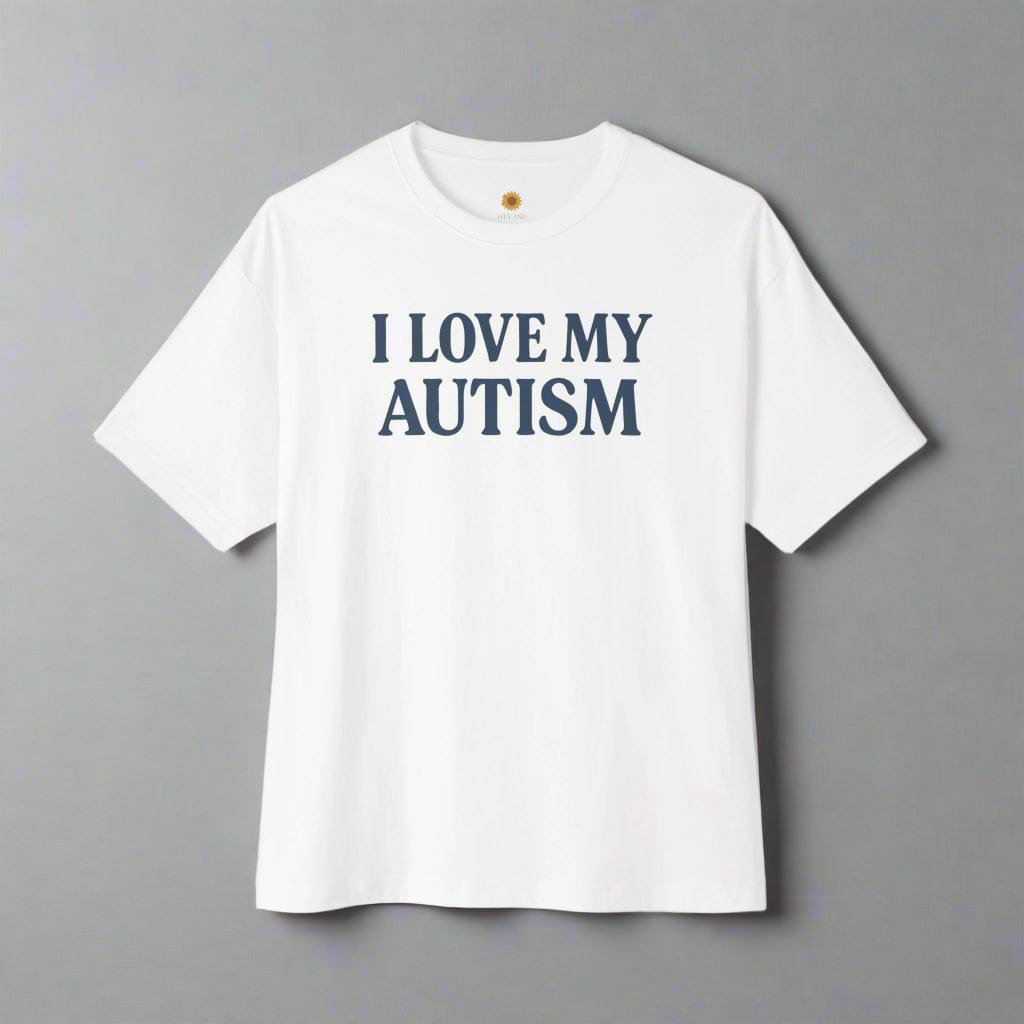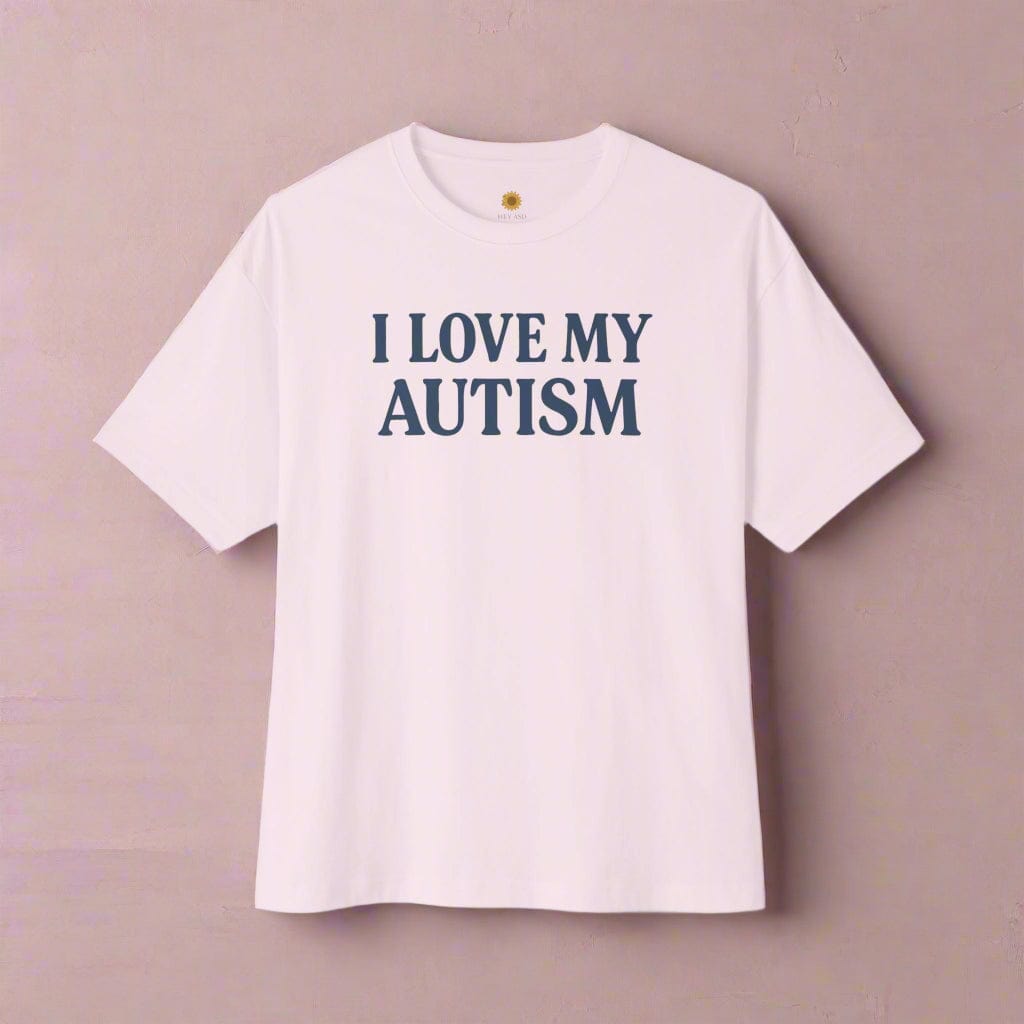The Impact of Art on Autism Understanding

Written by the HeyASD Editorial Team
Art has a significant impact on autism understanding and can be used as a therapeutic tool, promote communication and artistic expression, and enhance sensory processing and social skills development. Art-based interventions such as visual arts therapy, music therapy, and dance and movement therapy have shown positive outcomes for individuals with autism. Additionally, artistic abilities and talents can be a strength for individuals with autism, and art can provide a platform for self-expression and identity development. Engaging in art activities and programs can greatly benefit individuals with autism and contribute to their overall well-being and quality of life.
Key Takeaways
- Art can be used as a therapeutic tool for individuals with autism, helping them develop fine motor skills, improve sensory integration, and enhance visual-spatial awareness.
- Artistic expression through various mediums such as visual arts, music, and dance can promote communication and emotional expression for individuals with autism.
- Art-based interventions like visual arts therapy, music therapy, and dance and movement therapy have shown positive outcomes in improving social skills, self-regulation, and overall well-being for individuals with autism.
- Individuals with autism may exhibit savant skills in art, showcasing exceptional artistic abilities and talents.
- Engaging in art activities and programs can provide a platform for individuals with autism to express themselves, develop a sense of identity, and enhance their social skills and overall quality of life.
The Role of Art in Autism Understanding

Art as a Therapeutic Tool
Art has a profound impact on autism understanding. It serves as a powerful therapeutic tool that promotes emotional and sensory regulation for individuals with autism. Through art, individuals can express themselves and communicate in unique ways. Art programs specifically designed for individuals with autism provide a supportive and inclusive environment for artistic exploration and growth.
Artistic Expression and Communication
Artistic expression and communication play a crucial role in the lives of individuals with autism. Through art, individuals with autism can express their thoughts, emotions, and experiences in a nonverbal manner, allowing for a unique form of self-expression. Art provides a safe and supportive environment where individuals can explore their creativity and engage in the creative process. It allows them to communicate and connect with others on a deeper level, transcending language barriers. Artistic expression and communication through art therapy and crafts can promote sensory exploration, fine motor skills development, and visual-spatial awareness. These activities provide an outlet for self-expression, promote sensory exploration, and enhance communication skills.
Art Programs for Individuals with Autism
Art programs for individuals with autism provide a creative outlet for self-expression and promote sensory exploration. These programs enhance communication skills and offer a safe space for autistic individuals to engage in the artistic process. Music therapy and art therapy are two popular therapeutic activities within this category. Music therapy captures attention and facilitates emotional expression, while art therapy and crafts help develop fine motor skills and improve sensory integration. By incorporating these programs into daily routines, parents can stimulate their child's development and enhance their quality of life.
Art-Based Interventions for Autism

Visual Arts Therapy
Visual Arts Therapy is a powerful intervention for individuals with autism, harnessing the creative process to promote self-expression and emotional regulation. Through painting, drawing, and other visual mediums, individuals can explore their thoughts, feelings, and experiences in a safe and supportive environment. This form of therapy encourages self-discovery and self-empowerment, allowing individuals to communicate and connect with others in unique ways. Visual Arts Therapy challenges autism myths and celebrates the diverse talents and abilities of individuals on the spectrum.
Music Therapy
Music therapy sessions are led by trained professionals who use a variety of techniques to engage children with autism. These may include singing, playing instruments, movement to music, and listening exercises. The rhythm, melody, and structure of music can help improve sensory processing, promote self-regulation, and enhance social interactions. Research has shown that music therapy can have positive effects on communication skills, social interactions, and emotional well-being in children with autism. It can also enhance cognitive skills, promote self-expression, and provide a means of emotional release.
Dance and Movement Therapy
Dance and movement therapy is an innovative approach that harnesses the power of movement to support individuals with autism. Through rhythmic movements and expressive gestures, dance therapy promotes self-expression, emotional regulation, and social interaction. It provides a unique opportunity for individuals with autism to explore their bodies, express themselves creatively, and connect with others in a nonverbal way. Dance and movement therapy can be particularly beneficial for individuals with autism who may struggle with verbal communication or have sensory processing difficulties.
Art and Sensory Processing in Autism

Sensory Integration through Art
Art therapy sessions provide a safe and supportive environment for children with autism to express their thoughts, feelings, and experiences in a nonverbal manner. These sessions, guided by trained professionals, can help children develop fine motor skills, improve sensory integration, and enhance visual-spatial awareness. Crafts are also beneficial for sensory exploration, allowing children to explore different textures, colors, and materials. Through art and crafts, children with autism can engage in the creative process and enhance their sensory and motor skills.
Art and Regulation of Sensory Input
Understanding the sensory needs of individuals with autism is crucial in creating effective art-based interventions. Regulating sensory input can help individuals with autism manage their sensory sensitivities and engage more fully in artistic experiences. Here are some key considerations for working with this population:
- Recognize the complexities of the neurodiverse population
- Design arts-based interventions to address sensory seeking or sensory avoidant needs
- Understand tactile and sensory triggers
- Create and adapt arts techniques for individual needs
By understanding and addressing sensory regulation, art can become a powerful tool for self-expression and emotional regulation for individuals with autism.
Artistic Sensory Experiences
Artistic sensory experiences can have a profound impact on individuals with autism. Through engaging with various art forms, such as painting, sculpture, and music, individuals with autism can explore and express their unique sensory preferences and experiences. These experiences can provide a sense of calm, self-expression, and connection to the world around them. Artistic sensory experiences also offer opportunities for individuals with autism to develop their fine motor skills, spatial awareness, and sensory integration abilities. By incorporating art into therapy and educational programs, individuals with autism can enhance their overall well-being and quality of life.
Artistic Abilities and Autism

Savant Skills in Art
Autistic individuals with savant skills in art possess extraordinary artistic abilities that are often characterized by exceptional attention to detail, impressive visual memory, and remarkable artistic reproduction. These individuals can create intricate and intricate artworks that showcase their unique perspective and talent. The depth and complexity of their artwork can be truly awe-inspiring, providing a glimpse into the incredible capabilities of autistic individuals. Through their art, these individuals are able to express themselves in ways that words cannot capture, allowing others to gain a deeper understanding and appreciation for the autistic experience.
- Their artwork often showcases hyperfocus and obsessive attention to detail.
- Autistic artists with savant skills can create stunningly realistic and emotionally evocative pieces.
- Their artwork can serve as a powerful tool for advocacy and raising awareness about autism.
Artistic expression is not limited by neurodiversity, but rather enhanced by it.
Artistic Talents and Autism
Artistic talents are often found in individuals with autism, showcasing their unique abilities and perspectives. Autistic individuals have a natural inclination towards creative expression, allowing them to communicate and connect with the world in their own distinct way. Through art, they can express their thoughts, emotions, and experiences, providing a window into their inner world. Artistic expression allows for self-discovery, empowerment, and a sense of identity for individuals with autism. It is a powerful tool that celebrates their strengths and fosters a deeper understanding of autism and expression.
Artistic Expression as a Strength
Artistic expression is a celebration of autistic identity, allowing individuals to communicate and connect with others in a unique and powerful way. Autistic artists have the freedom to create without conforming to societal standards, resulting in a more authentic and personal artistic expression. Through art, they can use their experiences with autism as a basis for their creative work, expressing their thoughts, feelings, and experiences in a nonverbal manner. Art therapy provides a safe and supportive environment for autistic individuals to engage in the creative process, helping them develop fine motor skills, improve sensory integration, and enhance visual-spatial awareness. Crafts also offer a beneficial activity for sensory exploration and self-expression. Artistic expression is a strength that empowers autistic individuals to share their unique perspectives and make a meaningful impact on the world.
Art and Social Skills Development in Autism

Art-Based Social Skills Training
Art-based social skills training programs are typically led by professionals trained in working with individuals on the autism spectrum. In these programs, children engage in various activities and exercises that target specific social skills, such as initiating conversations, maintaining eye contact, and understanding nonverbal cues. The groups provide a supportive setting where children can interact with others who have similar challenges, fostering a sense of belonging and understanding. Additionally, social skills programs often incorporate evidence-based strategies like Applied Behavior Analysis (ABA) therapy to teach and reinforce desired social behaviors. These programs may include group discussions, role-playing, and cooperative activities to enhance social interaction and collaboration. To find social skills groups and programs in your area, consult with professionals specializing in autism therapy or reach out to local autism support organizations. They can provide valuable resources and guidance on finding appropriate programs for your child's needs.
Group Art Activities and Social Interaction
Group art activities can encourage role-playing and pretend play by providing a variety of props, costumes, and toys that stimulate imagination and creativity. Actively participating and joining the play can provide guidance and support when needed. Social skills groups and programs offer a structured environment for children with autism to learn and practice essential social and communication skills. These groups are typically led by professionals trained in working with individuals on the autism spectrum. In social skills groups, children engage in various activities and exercises that target specific social skills, such as initiating conversations, maintaining eye contact, and understanding nonverbal cues. The groups provide a supportive setting where children can interact with others who have similar challenges, fostering a sense of belonging and understanding. Additionally, social skills programs often incorporate evidence-based strategies like Applied Behavior Analysis (ABA) therapy to enhance social interactions.
Art Therapy for Social Communication
Art therapy and crafts provide children with autism a creative outlet for self-expression and emotional exploration. Through various art forms such as drawing, painting, sculpting, and collage-making, children can express their thoughts, feelings, and experiences in a nonverbal manner. These activities can help children with autism develop fine motor skills, improve sensory integration, and enhance visual-spatial awareness. Engaging in crafts can also be a beneficial activity for children with autism, allowing them to explore different textures, colors, and materials, promoting sensory exploration and creativity.
Art and Social Skills Development in Autism is a fascinating topic that explores the connection between artistic expression and the development of social skills in individuals with autism. Research has shown that engaging in art activities can help individuals with autism improve their communication, emotional expression, and social interaction. At Autism Store, we understand the importance of art in the lives of individuals with autism, which is why we offer a wide range of autism wall art, t-shirts, puzzles, and more. Our products are not only beautiful but also serve as a means of self-expression and empowerment for individuals with autism. Visit our website, heyasd.com, to explore our collection and find the perfect piece of art that resonates with you. Join our community of individuals who are passionate about autism advocacy and support. Together, let's create a world where individuals with autism can thrive and express themselves through art.
Conclusion
In conclusion, art therapy, crafts, and music therapy have a profound impact on the understanding and development of children with autism. These creative activities provide a nonverbal outlet for self-expression, promote sensory exploration, and enhance communication skills. By incorporating these therapeutic experiences into the daily routine of a child with autism, parents and professionals can support their overall well-being and foster meaningful connections. It is important to recognize the unique abilities and perspectives of individuals with autism and provide them with opportunities to express themselves through various artistic mediums.
Join Hundreds of Autistic Adults Feeling
More Comfort in Their Own Skin
Use code WELCOME10 for 10% off your first order.
Start Your Comfort JourneyFrequently Asked Questions
How can art therapy benefit children with autism?
Art therapy can benefit children with autism by helping them develop fine motor skills, improve sensory integration, enhance visual-spatial awareness, develop a sense of identity, improve communication skills, and enhance overall well-being.
What are some examples of art-based interventions for autism?
Some examples of art-based interventions for autism include visual arts therapy, music therapy, and dance and movement therapy.
How can art help with sensory processing in autism?
Art can help with sensory processing in autism by promoting sensory integration, regulating sensory input, and providing artistic sensory experiences.
Are there any artistic abilities commonly found in individuals with autism?
Yes, some individuals with autism may exhibit savant skills in art, artistic talents, and artistic expression as a strength.
Can art help in the development of social skills in individuals with autism?
Yes, art-based social skills training, group art activities, and art therapy for social communication can help in the development of social skills in individuals with autism.
How do art therapy sessions for children with autism work?
Art therapy sessions for children with autism are guided by trained professionals who create a safe and supportive environment for the child to engage in the creative process.
What are some benefits of engaging in crafts for children with autism?
Engaging in crafts can help children with autism explore different textures, colors, and materials, promoting sensory exploration and creativity.
How can parents incorporate art therapy into the daily routine of a child with autism?
Parents can incorporate art therapy into the daily routine of a child with autism by providing enjoyable and therapeutic experiences through music therapy, art therapy, and crafts.
On This Page
Frequently asked questions
How can art therapy support emotional regulation and communication for autistic individuals?
What are some sensory-friendly art activities that can help with sensory integration?
In what ways do art programs for autism promote social skills development?
How does artistic expression benefit self-identity and empowerment in autistic individuals?
What types of autism-themed products, like calming blankets or sensory tools, can complement art therapy at home?
How can parents and caregivers find suitable art-based interventions for their child with autism?
What role does group art play in enhancing social interaction and collaboration among autistic children?
How do art-based social skills training programs incorporate techniques like Applied Behavior Analysis (ABA)?
Are there autism-inspired t-shirts or decor items that celebrate artistic expression and support autism awareness?

About the HeyASD Editorial Team
Autistic‑owned • Values‑led • Sensory‑friendly design
We are autistic creators, writers, and advocates dedicated to producing resources that are practical, sensory-aware, and grounded in lived experience. Our mission is to make information and products that support the autistic community accessible to everyone, without jargon or condescension. Learn more about our team.
This article is written from lived autistic experience and an evidence-aware perspective. It is for general informational purposes only and should not be taken as medical, legal or therapeutic advice.
Always consult a qualified clinician or occupational therapist for individual needs and circumstances.

About Our Autism Blog
HeyASD isn’t just a store, it’s a calm, supportive space created by and for autistic adults. Our blog shares sensory-friendly tips, identity-affirming stories, and heartfelt resources for navigating life as an autistic person. Whether you're late-diagnosed, exploring your needs, or supporting someone you love, you're welcome here.
Thank you for reading. We hope these resources bring comfort and clarity.







